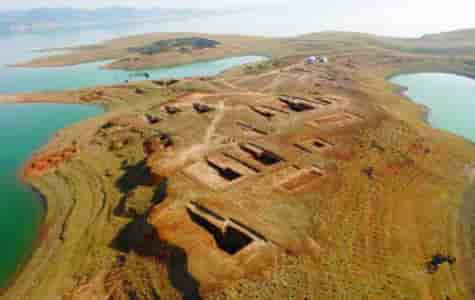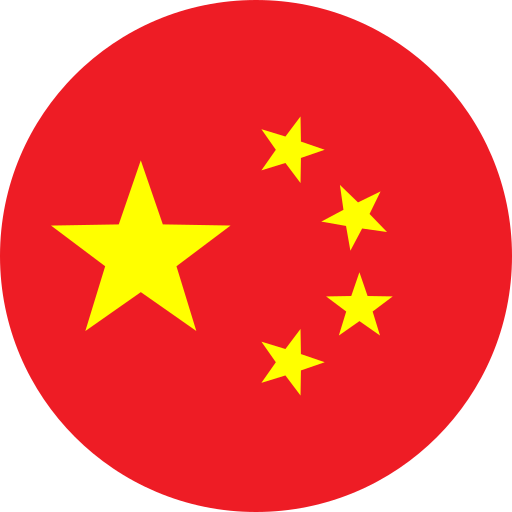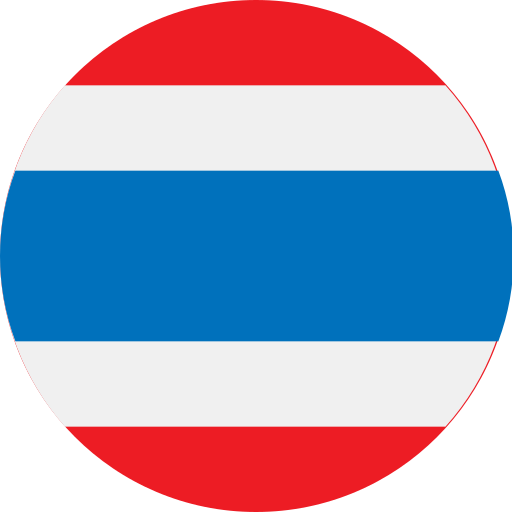The Huangwan site is located 0.5 kilometers west of Weilizhuang Village, 25 kilometers southwest of Xun County, Hebi City, Henan Province, and is surrounded by the Qi River on three sides, shaped like a delta. The site is 200 meters long from north to south, 100 meters wide from east to west, and covers an area of 20,000 square meters, including the culture from Yangshao to Longshan, with a cultural layer thickness of 2.5 meters. The Longshan layer is directly superimposed on the Yangshao layer, and the pottery shards are mostly muddy, with a small amount of sand and a variety of decorations. The excavated cultural relics include pots, lids, beans, high-neck urns, etc. The Huangwan site is ancient and rich in cultural connotation, and is an important site for studying the culture from Yangshao to Longshan, with high historical research value.
Table of contents of this article:
- Geographical location and natural environment
- Historical legends
- Site scale and layout
- Cultural relics excavation and research results
- Cultural value and historical significance
- Tour suggestions
The Huangwan site is located 0.5 kilometers west of Weilizhuang Village, 25 kilometers southwest of Xun County, Hebi City, Henan Province, and is an ancient site with profound historical and cultural connotations, the following is a detailed introduction to the Huangwan site:
Geographical location and natural environment
The Huangwan site is surrounded by the Qi River on three sides, forming a delta-like terrain, and this unique geographical environment makes the Huangwan site particularly conspicuous and mysterious.
Historical legends
It is rumored that this place was the former residence of Huang Feihu during the Yin Zhou period, hence the name Huangwan, which adds a bit of legend to the Huangwan site, making it a place for many history and culture lovers to explore.
Site scale and layout
The Huangwan site is 200 meters long from north to south, 100 meters wide from east to west, with a total area of 20,000 square meters, and a cultural layer of up to 2.5 meters thick can be seen from the cliff of the site, of which the Longshan cultural layer is thicker, directly superimposed on the Yangshao cultural layer, which reveals the rich cultural connotation and long historical background of the Huangwan site.
Cultural relics excavation and research results
During the excavation of the Huangwan site, a large number of cultural relics were unearthed, including pottery such as pots, lids, beans, high-neck urns, flat-bottomed basins, tripods, etc., as well as stone tools such as remnant stone knives, stone sickles, stone arrowheads, clam sickles, and pottery spinning wheels, which not only show the cultural characteristics of the Huangwan site, but also provide valuable physical materials for the study of Yangshao to Longshan culture.
Cultural value and historical significance
Through the excavation and research of the site, we can have an in-depth understanding of the social economy, cultural development and human living conditions at that time, and the Huangwan site is also an important historical and cultural relic, which is of great significance for inheriting and carrying forward the excellent traditional Chinese culture.
Tour suggestions
For tourists who want to visit the Huangwan ruins, it is recommended to know the opening hours and tour routes of the ruins in advance, because the ruins are located in rural areas, the transportation may be relatively inconvenient, it is recommended to plan the itinerary in advance and pay attention to safety, during the tour, you can enjoy the natural scenery and cultural landscape of the ruins, and feel the charm of ancient culture.
The Huangwan Ruins are a comprehensive attraction integrating history, culture and nature, and are a rare tourist attraction for tourists who like history and culture, natural scenery and outdoor adventures.






 简体中文
简体中文 繁體中文
繁體中文 English
English 한국어
한국어 日本語
日本語 Deutsch
Deutsch русский
русский بالعربية
بالعربية TÜRKÇE
TÜRKÇE português
português คนไทย
คนไทย Français
Français